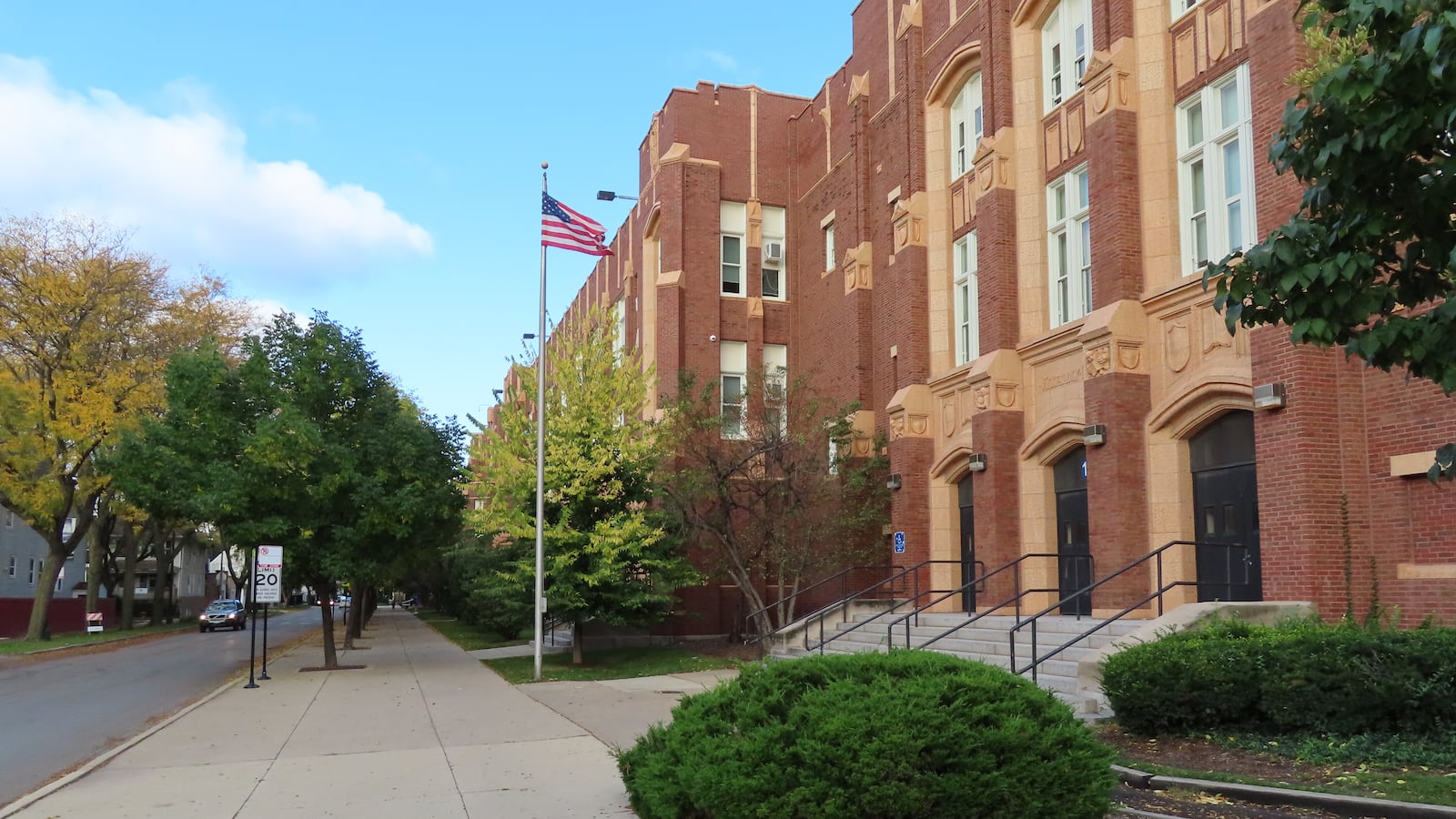The most sought-after ranking for a Chicago school is a Level-1 plus. Chicago has 13 fewer of them this year compared with the year before, according to new data the school district released Friday.
The number of schools receiving the top two ratings dropped slightly to 351 — 55 percent of district schools — compared with 373 last year, according to new numbers. Of those, 29 percent, or 185, received a Level 1-plus designation — the highest possible score — compared with 198 the previous year.
Click here to find your school’s new rating.
Meanwhile, 1 in 5 schools is considered a low performer — in the bottom two rankings — which is about the same as the previous year.
In a statement, Chicago Public Schools CEO Janice Jackson said that the district will consider the data and “work closely with our educators and families to identify opportunities for additional support” to help schools that received the district’s lowest ratings.
Chicago also released other data showing enrollment dropped 2.7 percent, to 361,314 students in preschool through 12th grade from the previous fall, according to a count taken on the 20th day of school.
The district bases its School Quality Rating Policy on test scores, academic growth, graduation rates, attendance, and a school climate survey given annually to parents and teachers.
The district is bracing for a first-ever set of ratings from the state, which the Illinois Board of Education will release Wednesday as part of a ream of “report card” data.
Historically, Chicago has touted its ratings as a way to communicate school performance and to help parents decide where to enroll their children. The ratings also signal which schools need more district support.
The stakes are high. Ratings can be used to justify replacing or closing schools, or opening new schools in neighborhoods where options are deemed inadequate.
The ratings come in five tiers. Level 1-plus and Level 1 designate the highest-performing schools, Level 2-plus and Level 2 describe average and below-average-performing schools, respectively, and Level 3, the lowest performance rating.
Schools rated Level 2-plus, Level 1 and Level 1-plus are considered in “good standing,” while Level 2 schools are marked for “provisional support,” and Level 3 schools, the lowest ranked, qualify for “intensive support.”
The scores are highly sensitive, with rating designations that can jump with slight variances — such as in attendance. Number-crunching parent Luke Shepard, who runs a blog on the district, said that the ratings convey students’ math and reading test performance and how often they miss school, but noted that the formula doesn’t factor in K-2 academics, subjects such as social studies and sciences, or extracurriculars and other aspects of school culture.
Critics argue that the ratings correlate more with socioeconomic status and race than they do school quality, and say little about what’s happening in classrooms and how kids are learning.
“The (school ratings system) is too narrow,” said Joy Clendenning, managing director of the parents’ group Raise Your Hand, earlier this week. With the upcoming state ratings, she said, “we need to get rid of the SQRP” — the district’s system — “and come up with a way to rate schools that is broader and actually meaningful.”
A recent district census of its programs showed that top academic schools are clustered in wealthier neighborhoods, and that fewer black and Latino students have access to those schools.
Last school year, about two-thirds of district students attended a Level 1-plus or Level 1 school, including 62 percent of high schoolers. But only 45 percent of African-American students and 72 percent of Latino students filled seats at highly rated schools compared with 91 percent of white students, according to what’s known as the Annual Regional Analysis.

